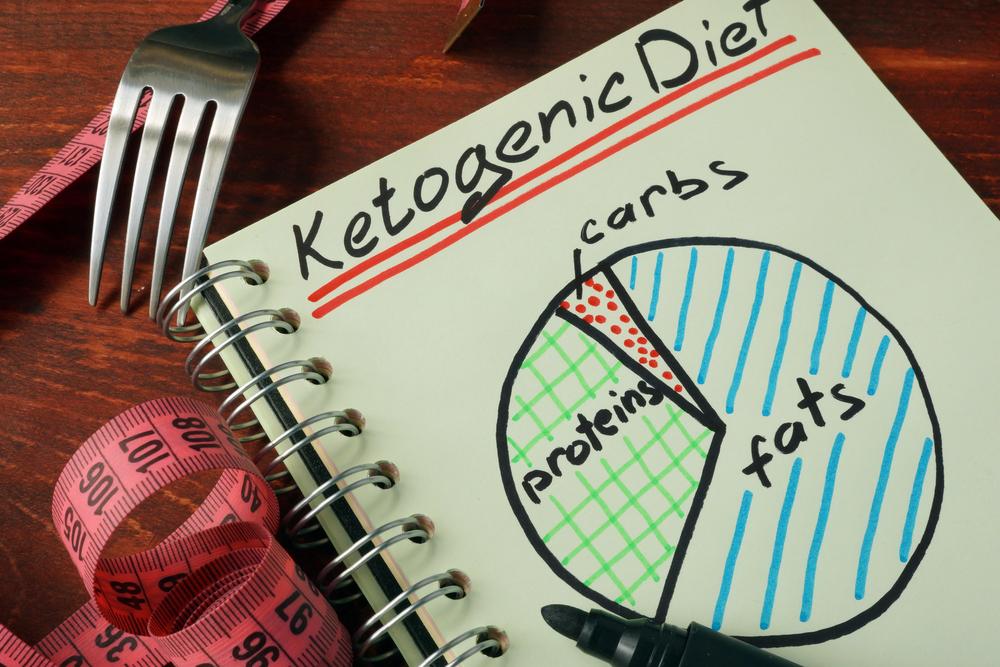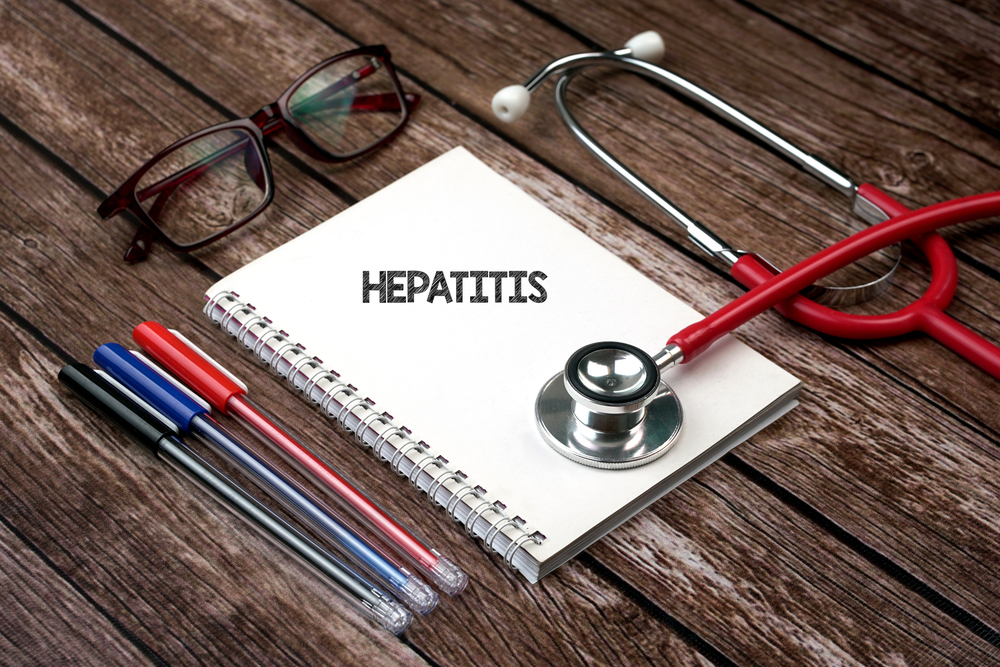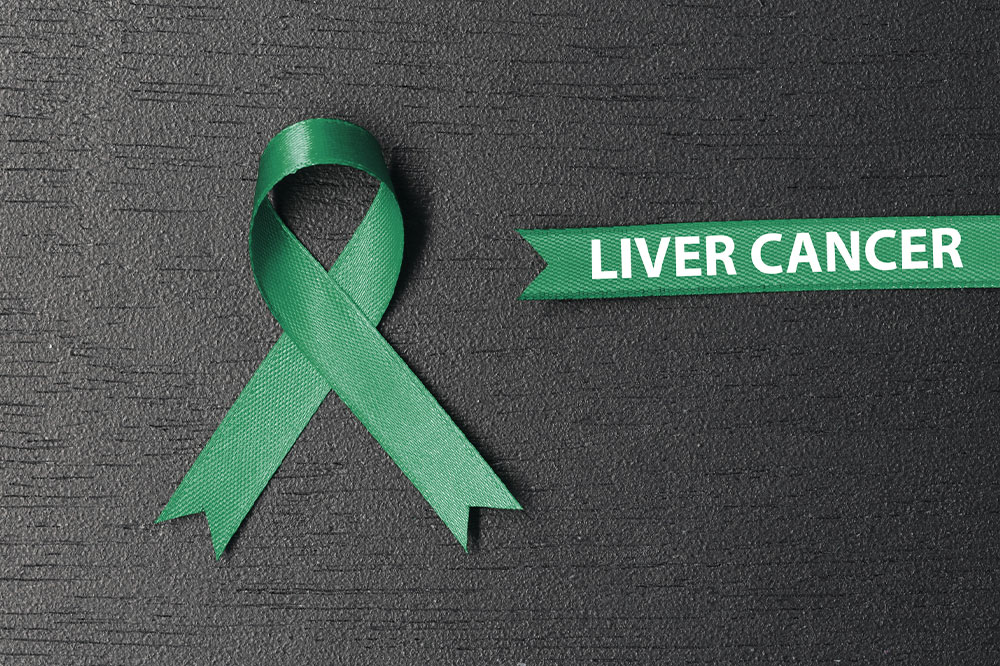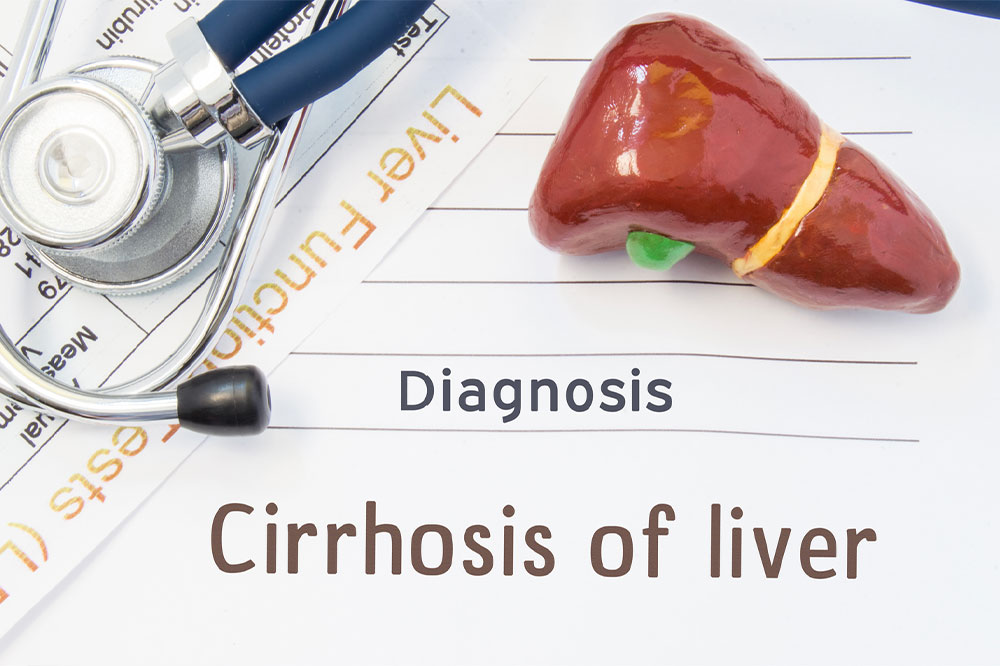Effective Strategies for Managing Fatty Liver Disease with a Ketogenic Diet
This comprehensive guide explores how adopting a ketogenic diet can effectively manage fatty liver disease. It discusses the principles of ketosis, practical steps for implementing the diet, and tips on selecting nourishing foods to support liver health. Designed for those seeking a sustainable lifestyle change, this article emphasizes the importance of personalized planning, precision in carbohydrate monitoring, and the inclusion of nutrient-dense vegetables to optimize results and promote overall well-being.

Effective Strategies for Managing Fatty Liver Disease with a Ketogenic Diet
Fatty liver disease, also known as hepatic steatosis, has become increasingly prevalent worldwide, often linked to poor diet, obesity, and metabolic syndrome. Managing this condition effectively requires lifestyle and dietary modifications, among which adopting a ketogenic diet has gained considerable recognition. This article explores how a well-structured ketogenic eating plan can serve as a powerful approach to combat fatty liver, improve liver health, and promote overall metabolic well-being.
The ketogenic diet is characterized by inducing a metabolic state called ketosis, where the body shifts from using glucose as its primary energy source to utilizing stored fat. Achieving ketosis entails a significant reduction in carbohydrate intake and an increased consumption of healthy fats. This dietary shift helps reduce fat accumulation in the liver, decreases inflammation, and supports liver regeneration, paving the way for improved liver function.
The core principle of a ketogenic diet is to limit carbohydrate intake while increasing healthy fats, which provides a distinct advantage over traditional low-carb diets by tailoring macronutrient ratios for specific health needs. Typically, individuals following a ketogenic plan consume approximately 60-65% of their daily calories from fats, 30-35% from proteins, and the remaining percentage from carbohydrates. This balance ensures the body enters ketosis efficiently, aiding in fat metabolism and weight loss.
Implementing a ketogenic diet can offer several health benefits beyond liver health, including appetite control, improved blood sugar levels, and increased energy levels. For those suffering from fatty liver disease, these benefits are particularly pertinent, as reducing liver fat can prevent the progression to non-alcoholic steatohepatitis (NASH), fibrosis, or cirrhosis.
Key Steps to Initiate a Ketogenic Diet for Fatty Liver Management
The first crucial step is thorough research. Understanding the scientific principles, potential risks, and benefits of a ketogenic diet is essential for safe and effective implementation. Consider consulting with healthcare providers or a registered dietitian who specializes in metabolic health to develop a personalized plan tailored to your specific health status.
Utilize carb counting tools and apps to monitor your daily intake meticulously. Precision is critical because even small deviations from the strict carbohydrate limits can disrupt ketosis, reducing the diet's effectiveness and potentially impacting liver health.
When selecting packaged foods or snacks, always scrutinize nutritional labels, focusing on serving sizes and carbohydrate content. For instance, if a serving of yogurt contains 15 grams of carbs and the container offers two servings, the total carb content reaches 30 grams—exceeding typical keto limits. Awareness and careful reading prevent unintentional carb overconsumption.
Focus on consuming nutrient-dense, low-carb vegetables like bell peppers, broccoli, cucumbers, cabbage, cauliflower, sprouts, and summer squash. These vegetables are rich in fiber, vitamins, and minerals, supporting overall health and aiding in detoxification. Leafy greens such as spinach, kale, and arugula are especially beneficial due to their high nutrient density and very low carbohydrate content.
Incorporating flavorful ingredients such as onions and garlic can increase the palatability of ketogenic meals while offering health benefits, including improved immune function and anti-inflammatory effects. Emphasizing natural, whole foods is fundamental in a ketogenic approach, requiring no special or processed items. Eating foods in their natural state enhances adherence, supports weight management, and is advantageous in managing fatty liver.
By embracing natural foods and maintaining a balanced macronutrient intake, those with fatty liver can effectively improve liver fat content and overall health. Integrating a ketogenic diet into a comprehensive lifestyle plan—including regular exercise, adequate hydration, and sufficient sleep—is pivotal for long-term success in restoring liver health and preventing disease progression.





